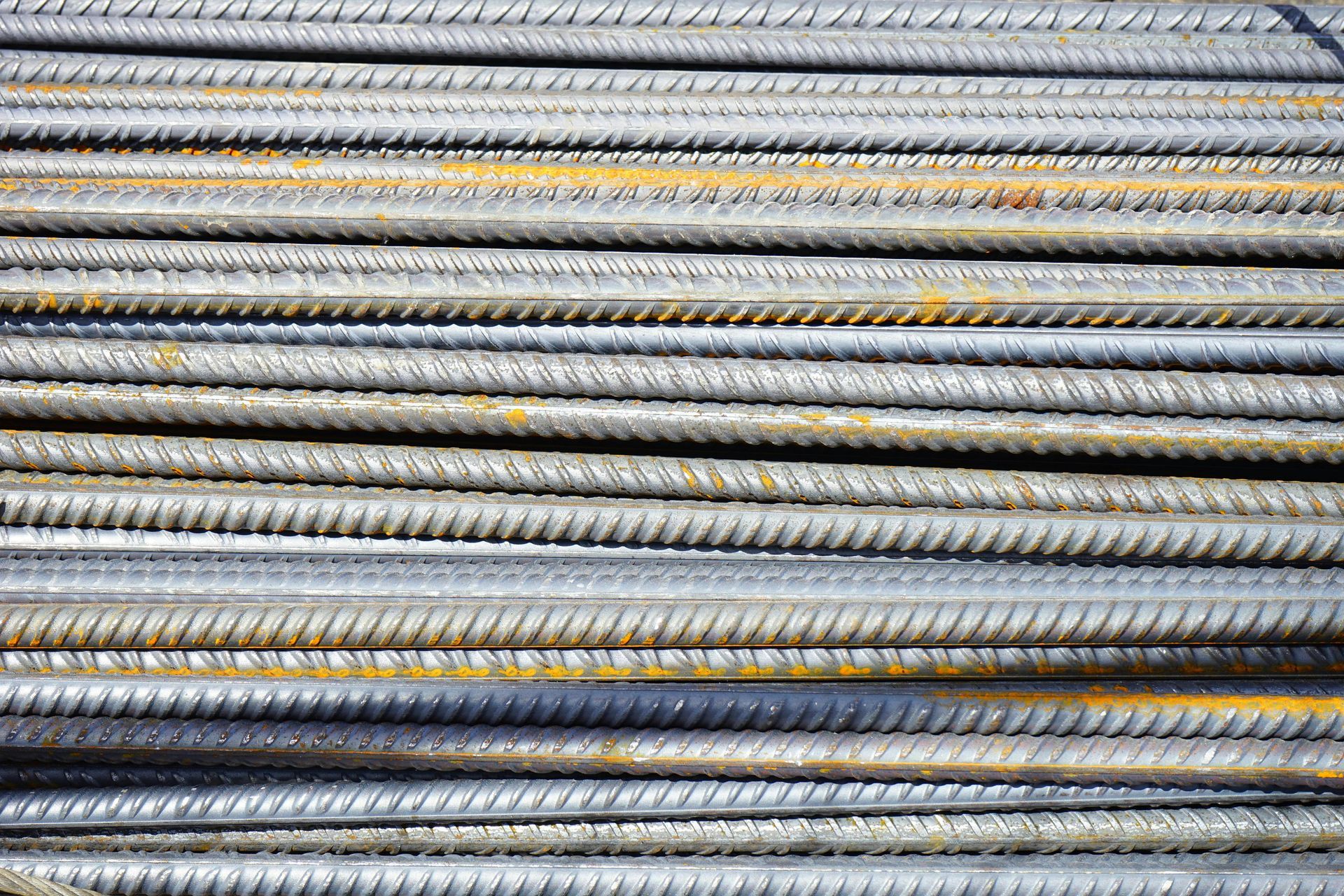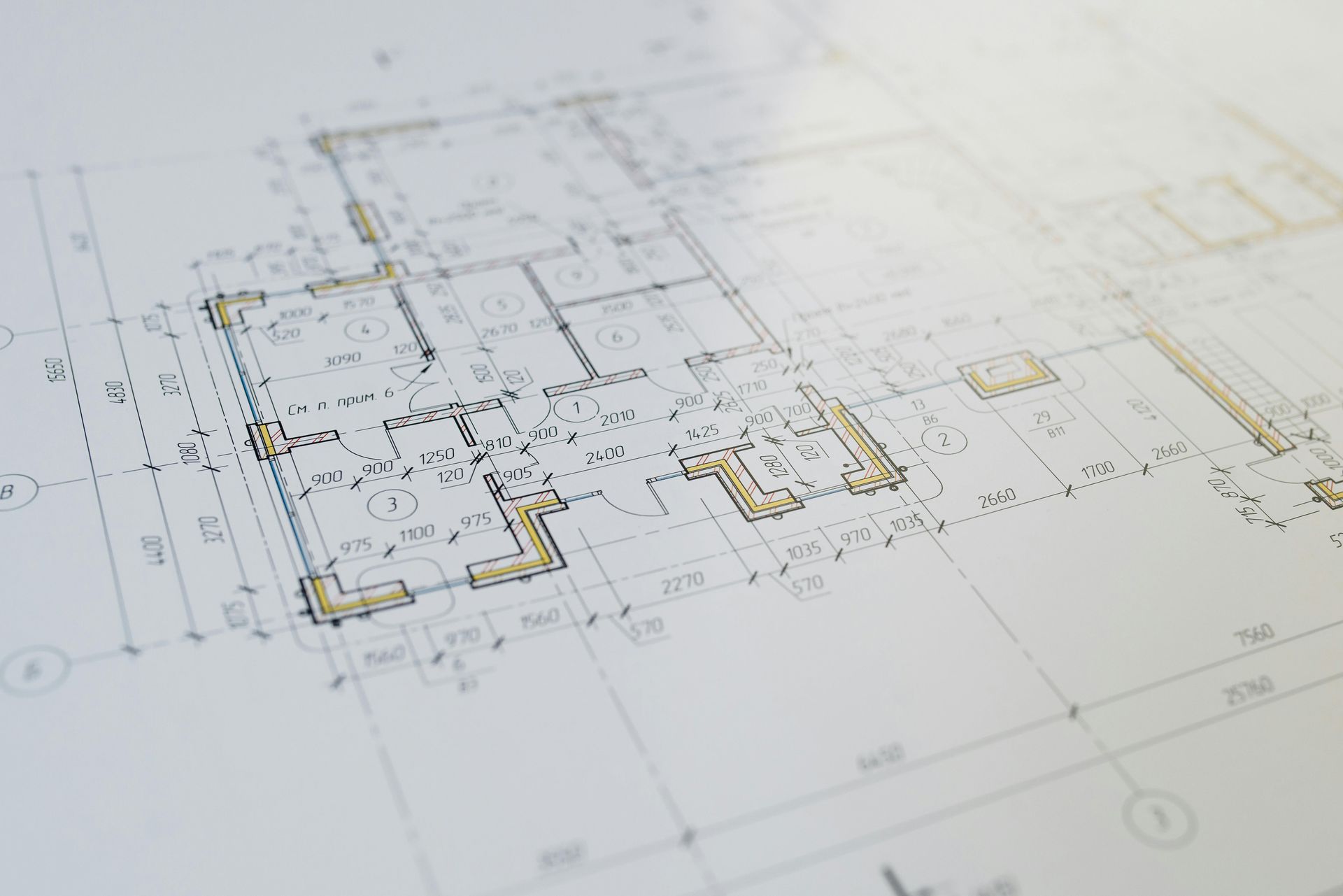Reducing Noise in MDUs: Strategies for Quieter Urban Living
Living in Multiple Dwelling Units (MDUs) comes with its fair share of challenges, and noise is often at the top of the list for many residents. With more people sharing a common building, noise transmission between units and common areas can significantly impact the quality of life. However, developers and property managers have several strategies at their disposal to minimize noise and create a more comfortable living environment for everyone.
In this blog post, we will explore the different types of noise problems that can arise in MDUs, and the design and construction strategies that can help reduce noise levels. By incorporating these approaches, developers can ensure that their MDUs offer a quieter, more enjoyable urban living experience.
Understanding Noise Challenges in MDUs
Noise in MDUs can be caused by a variety of sources, both internal and external. It is important to understand these different sources in order to develop effective strategies to reduce noise transmission.
- Airborne Noise: Airborne noise is sound that travels through the air, such as voices, music, and television sounds. In MDUs, airborne noise can easily travel from one unit to another if walls, floors, or ceilings are not properly insulated. This can be especially disruptive in high-density buildings where units are closely connected. Addressing airborne noise requires proper insulation and soundproofing solutions to create a more private and comfortable living environment for residents.
- Impact Noise: Impact noise is created when one object makes contact with another, such as footsteps, dropped items, or furniture being moved. Impact noise is especially common in units located beneath other units, as sound is transmitted through the building's structure. Impact noise can be very disturbing, particularly in multi-story buildings where the sounds of footsteps and heavy objects can echo throughout the structure. To address this, developers need to consider floor construction techniques that minimize sound transmission, such as floating floors and soundproof underlayment.
- Mechanical Noise: Mechanical noise is generated by building systems, such as elevators, HVAC systems, and plumbing. These noises can be bothersome for residents, particularly those living near utility rooms or elevator shafts. Mechanical noise can be continuous or intermittent, and addressing it requires both proper design and regular maintenance of mechanical systems. By isolating mechanical equipment and using sound-dampening materials, developers can ensure that residents are not disturbed by operational noise.
- External Noise: External noise comes from outside the building, such as traffic, construction, or nearby businesses. In urban environments, external noise can be a major source of disturbance for residents, especially in buildings located near busy streets or commercial areas. External noise can impact residents' sleep and overall well-being, making it important for developers to use construction techniques that minimize the impact of external sounds. This can include installing acoustic windows and designing the building layout to buffer noise-sensitive areas from external disturbances.
Design Strategies for Noise Reduction
To create quieter MDUs, developers must incorporate design strategies that effectively minimize noise transmission between units and from external sources. The following strategies can significantly reduce noise levels in MDUs:
- Acoustic Insulation: Proper insulation is one of the most effective ways to reduce noise transmission between units. Acoustic insulation can be installed in walls, floors, and ceilings to absorb airborne noise and prevent it from traveling between units. Materials such as mineral wool or fiberglass can be used to enhance soundproofing. Using high-density insulation materials can further improve noise reduction, providing a higher level of comfort for residents.
- Staggered Stud Walls: Using staggered stud walls can help reduce noise transmission between adjacent units. Staggered studs create a separation between the two sides of the wall, which helps to break the path of sound vibrations and reduce the transfer of airborne noise. This construction technique is particularly useful in shared walls between units, where privacy is a top concern. By incorporating staggered studs, developers can significantly improve the acoustic performance of shared walls.
- Double Layer Drywall: Installing a double layer of drywall with a resilient channel between the layers can help absorb sound and reduce noise transmission. Resilient channels are metal strips that decouple the drywall from the structure, which helps to minimize the transfer of sound vibrations. This method is highly effective for both walls and ceilings, making it a versatile solution for reducing noise in MDUs. Using sound-dampening drywall can also further enhance noise reduction, especially in high-traffic areas of the building.
- Soundproof Flooring: Impact noise can be reduced by installing soundproof flooring materials, such as underlayment made of rubber or cork. These materials absorb impact noise and prevent it from traveling through the building's structure. Carpeting is also effective at reducing impact noise and can be used in high-traffic areas to minimize sound. For areas where hard flooring is preferred, developers can use soundproofing mats beneath the flooring to provide similar noise reduction benefits. Floating floor systems, which decouple the flooring from the subfloor, are also effective in reducing impact noise.
- Acoustic Windows and Doors: Installing acoustic windows and doors can help reduce both internal and external noise. Double or triple-pane windows with laminated glass are effective at reducing noise from traffic or other outdoor sources. Similarly, solid-core doors with proper weatherstripping can help block noise from common areas and adjacent units. Acoustic windows and doors are particularly important for units facing busy streets or noisy outdoor areas, as they help create a more peaceful indoor environment for residents.
- Sealing Gaps and Openings: Sound can travel through even small gaps and openings, such as those around doors, windows, and utility penetrations. Sealing these gaps with acoustic sealant can help reduce noise transmission and create a quieter living environment for residents. Using weatherstripping around doors and windows and sealing any gaps in walls and ceilings can significantly improve the overall acoustic performance of a building.
Mechanical System Noise Control
Mechanical systems, such as HVAC units, elevators, and plumbing, are necessary for the functionality of any building, but they can also be a significant source of noise in MDUs. Proper design and maintenance can help reduce mechanical noise and create a more comfortable environment for residents.
- Vibration Isolation: HVAC systems and other mechanical equipment should be installed with vibration isolation mounts to prevent vibrations from traveling through the building's structure. By isolating the equipment, noise generated by vibrations can be significantly reduced. Additionally, using flexible connectors for pipes and ducts can further minimize vibration transmission, creating a quieter environment for residents.
- Ductwork Design: Properly designed ductwork can help minimize noise from HVAC systems. Using flexible duct connections, avoiding sharp turns, and installing duct liners can help reduce noise transmission through the building's ventilation system. Adding acoustic insulation to ductwork can also help reduce noise levels, ensuring that HVAC systems operate quietly and efficiently.
- Plumbing Noise Control: Plumbing noise can be reduced by using acoustic insulation around pipes and ensuring that pipes are properly secured to prevent rattling. Additionally, pressure-reducing valves can help minimize noise from water flow, especially in high-rise buildings where water pressure can be significant. Using plastic pipes instead of metal can also help reduce noise, as plastic tends to transmit less sound than metal.
- Elevator Noise Reduction: Elevators can be a major source of noise in MDUs, particularly for residents living near the elevator shaft. Installing acoustic insulation around elevator shafts and using quiet, modern elevator motors can help reduce noise levels. Additionally, designing elevator lobbies with sound-absorbing materials can help minimize noise from elevator operation, ensuring that residents are not disturbed by elevator traffic.
Creating Quiet Common Areas
Common areas in MDUs, such as hallways, lobbies, and amenities, can also be sources of noise. Developers can implement strategies to minimize noise in these areas and create a more peaceful environment for residents.
- Carpeting and Soft Furnishings: Carpeting, rugs, and soft furnishings can help absorb sound in common areas, reducing noise levels and preventing sound from echoing throughout the building. Installing acoustic panels on walls and ceilings can also help absorb noise and create a quieter atmosphere. Using soft furnishings, such as upholstered furniture and fabric wall coverings, can further enhance the acoustic comfort of common areas.
- Acoustic Barriers: In outdoor common areas, such as courtyards or playgrounds, acoustic barriers can be used to block noise from nearby streets or other sources. Fences, walls, or landscaping can all serve as effective noise barriers and help create a more peaceful outdoor environment. Using natural elements like trees and shrubs can provide both aesthetic and acoustic benefits, making outdoor spaces more inviting and comfortable for residents.
- Sound Masking Systems: Sound masking systems can be installed in common areas to help mask background noise and create a more comfortable acoustic environment. These systems emit a low-level, unobtrusive sound that helps mask other noises, making the space feel quieter and more private. Sound masking is particularly useful in shared workspaces, lounges, and other areas where residents may need a quieter environment for relaxation or concentration.
Educating Residents on Noise Management
In addition to design and construction strategies, educating residents on noise management can also play an important role in creating a quieter living environment. Encouraging residents to be mindful of their noise levels and providing guidelines for noise management can help reduce disturbances and improve the overall quality of life in MDUs.
- Quiet Hours: Implementing quiet hours can help ensure that residents are respectful of their neighbors during late-night or early-morning hours. Setting specific times when loud activities should be avoided can help reduce noise-related complaints. Quiet hours can also be reinforced through community rules and regular reminders to ensure that all residents are aware of and adhere to the guidelines.
- Floor Coverings: Encouraging residents to use area rugs or carpets in their units can help reduce impact noise, particularly in units with hard flooring. Providing information on effective floor coverings can help residents take steps to minimize noise transmission to their neighbors. Developers can also consider providing incentives for residents to install sound-absorbing floor coverings, which can further contribute to a quieter building environment.
- Appliance Use: Educating residents on the best times to use noisy appliances, such as washing machines, dryers, and vacuum cleaners, can help reduce noise disturbances. Encouraging residents to use these appliances during daytime hours, rather than late at night or early in the morning, can make a significant difference in reducing noise complaints. Providing guidelines on proper appliance installation, such as using vibration isolation pads, can also help minimize noise from household appliances.
Designing for Quieter Urban Living
Noise can have a significant impact on the quality of life for residents in MDUs, but with thoughtful design and construction strategies, developers can create quieter and more comfortable living environments. By incorporating acoustic insulation, soundproof materials, and effective mechanical noise control, developers can minimize noise transmission and enhance the overall living experience for residents.
Additionally, creating quiet common areas and educating residents on noise management can further contribute to a peaceful living environment. By prioritizing noise reduction in the design and management of MDUs, developers can create urban living spaces that offer both comfort and tranquility, making them more appealing to residents who value peace and quiet in their homes.
By addressing noise issues at every stage—from design and construction to ongoing resident education—developers can ensure that MDUs provide a high-quality living experience that meets the needs of modern urban residents. A focus on reducing noise not only enhances resident satisfaction but also contributes to the long-term success and desirability of the property. Ultimately, creating quieter MDUs benefits both residents and developers, fostering a harmonious living environment that promotes well-being and a sense of community.









